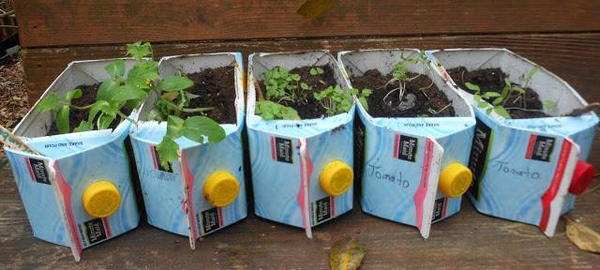Ancient Roman Herb Garden
Download the activity sheets
If you would like to have a printout of these activities, please download the PDFs here:
Introduction to Roman herb gardens. Activity 1 - Roman Herb information sheet. Activity 2 - Roman Herb Garden card games. Activity 3 Roman herb garden booklet. Activity 4 - Make your own portable Roman herb garden.
The Ancient Roman Herb Garden at Arbeia
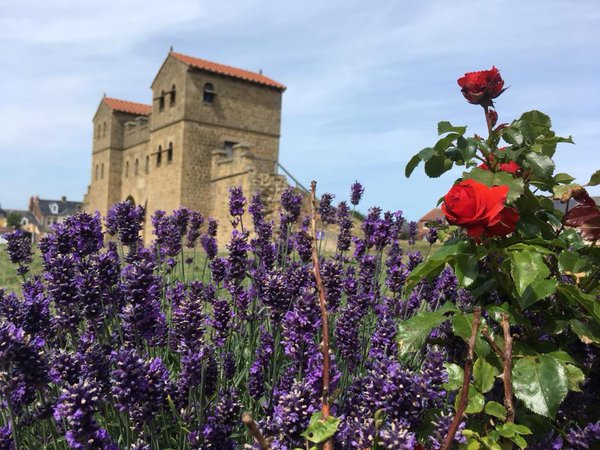
Imagine walking down a wide garden path. Tidy patches of herbs line each side and the breeze brings their scent to your nose. There are rosemary and thyme spilling out of large urns, lavender, rose, mint, sage, and fennel exploding with flowers and fronds. These and many more plants were grown at Roman forts for medicinal and culinary purposes.
In most cultures throughout history, the medicinal and culinary herb garden played an important role in daily life. In times when there were no medical clinics or pharmacies, people had to rely upon plants for their medicinal needs.
Many of the plants were not only helpful for treating ailments but were also used to help flavour food or hide bad smells due to lack of bathing.
With these resources you will be able to:
• Learn what herbs were grown by the Romans and how they were used.
• Have a go at making and playing Roman herb card games.
• Get creative and make an illustrated Roman herb book.
• Plant your own portable herb garden.
Activity 1 - Arbeia Herb Garden plant information

Use this information to find out how the Romans used herbs and what their Latin names were. Use this information to also check your answers from the Match Maker game in Activity 2. (Herb shown is Rosemary, Latin name Rosmarinus officinalis). See the full illustrated guide here.
Parsley • Latin name: Petroselinum Crispum
Gladiators ate this herb before a fight to promote strength, cunning and agility. • Roman soldiers did the same. • Used to flavour food.
Thyme • Latin name: Thymus vulgaris
There was a belief in the Roman world that sleeping on this could cure melancholy – soldiers away from home often became depressed. • Treats coughs • Aids digestion
Black lace elder • Latin name: Sambuca nigra
Berries for hair dye • Flavours drinks • Flowers believed to have a cooling effect for the unwell. • Wood from the stalks is supple and was hollowed out to make whistles.
Rose • Latin name: Rosa
Decoration • Crowns at weddings • Believed the pleasant smell could prevent drunkenness and cure hangovers. • Fragrance
Apple mint • Latin name: Mentha suaveolens
Cooking for flavour • Digestion • Antiseptic
Mint • Latin name: Mentha Spicata
To flavour food and drinks • To help digestion • To help with coughs and colds
Chives • Latin name Allium schoenoprasum
Pain relief • Helped sore throat • Helped stop bleeding • Sun burn • Blood pressure • Used as a diuretic • Bunches of these dried herbs hung around a house were believed to ward off disease and evil
Rosemary • Latin name: Rosmarinus officinalis
Antiseptic • To help memory • Used in funerals • Tooth ache • Sprains • For a stiff neck
Lavender • Latin name: Lavandula
Soothes headaches • Helps burns • To stop feeling dizzy • Deters insects • Antiseptic • Scenting the air • Used in oils for Roman baths • Roman soldiers took lavender on campaigns with them to dress war wounds. • Upset stomachs • Kidney disorders
Borage • Latin name: Borago officinalis
To help bruises • To help weak hearts • To increase happiness • In tea
Fennel • Latin name: Foeniculum Vulgare
Helped a blocked nose • Stopped eye problems • Eased an upset stomach • Appetite suppressant
Sage • Latin name: Salvia officinalis
Meat preservative • Helped digest fatty foods • It was regarded as sacred and was gathered with pomp and ceremony after an offering of bread and wine
The Roman name for the plant was Salvia coming from the word “salvare” or “ salus” meaning health
Lemon balm • Latin name: Melissa officinali
Healed stings and bites • Attracted bees to encourage to return to their hive. • Drunk in a tea or wine for medicinal healing properties. • Perfume
Good king Henry • Latin name: Blitum bonus-henricus
Leaves cooked for food • A laxative (seeds eaten) • To help heal sores
Activity 2: Roman Herb Garden Card Games
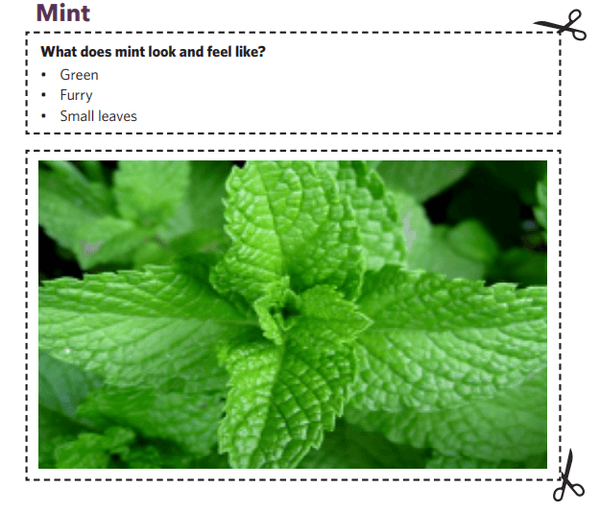
To play these games you'll need to download and print the whole set of cards here. For these activities you will need a pair of scissors. Please ask someone before using them, and always ask for help if you need it.
Match Maker (1 or more players)
Directions
• Print and cut out the picture and herb description flash cards.
• Mix-up each group of cards and lay face up on a table.
• Try to match the picture with the correct description.
• You can check your answers on the Roman herb information sheet
Memory (2-4 players)
Directions
• You will need two complete sets of flash cards.
• Mix up the cards.
• Lay them in rows, face down.
• Turn over any two cards.
• If the two cards match, keep them.
• If they don't match, turn them back over.
• Try to remember what was on each card and where it was.
• Watch and remember during the other player's turn.
• The game is over when all the cards have been matched.
Snap (2 players)
Directions
• You will need two complete sets of flash cards
• Mix all the cards up.
• Deal out the cards to each player with the pictures and words down.
• Each player turns over a card at the same time. If the cards are the same, the first person to yell SNAP wins the cards.
• The winner is the person who wins all the cards.
Activity 3: Illustrated Roman Herb Garden Booklet
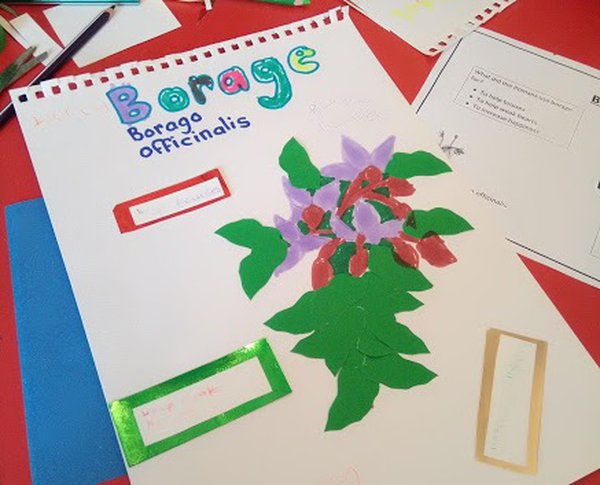
For this activity you will need some paper, pencils, crayons, markers, watercolours or magazine clippings, card, and something to attach all the sheets of paper to make a book.
Directions
• Look at each herb picture.
• On a sheet of paper make your own picture of one of the herbs. You can use collage, paint, draw or use any combination of materials you have at home to make your pictures.
• Put the name of the herb and any other information you want on the paper to describe the herb. • Do this for each herb.
• Create a cover for your book. You can use a blank sheet of paper, card, or a cut up cereal box.
• Decorate your cover any way you like.
• When you have finished, attach all pages together to make a book. You can use staples, tape, or a hole punch and string, ribbons etc.
• The next time you visit Arbeia, bring your book and see if you can find the herbs in our garden. If you want, you can touch and smell the herbs.
Activity 4: Container Herb Garden @Home
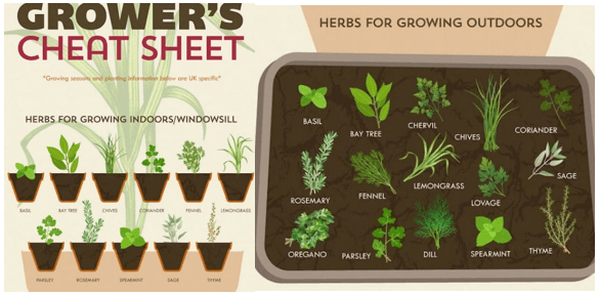
Let’s make a portable herb garden. For this activity you will need a few empty containers, such as cans, milk cartons, yoghurt pots, jam jars, or even a tea cup, soil, and materials to make decorations and labels, such as tape, paper, card, ribbons, string etc. and seeds or plants.
Directions
• Look at the herb growers cheat sheet above. Decide if you want to grow and keep your herbs inside or outside and select the appropriate plants you wish to pot or grow.
• Next make sure the containers you decide to use are clean and there are no rough edges that can cause injury.
• Decorate your container and or make a tag that identifies the herb.
• Now fill your container with soil.
• Add a few seeds to each container or plant your potted herb in the soil.
• Water the seeds or plant.
• Display your containers together on your windowsill or in your garden and watch them grow.
• How many Roman herbs do you have in your home already? What do you use them for?
Examples of a herb garden:
